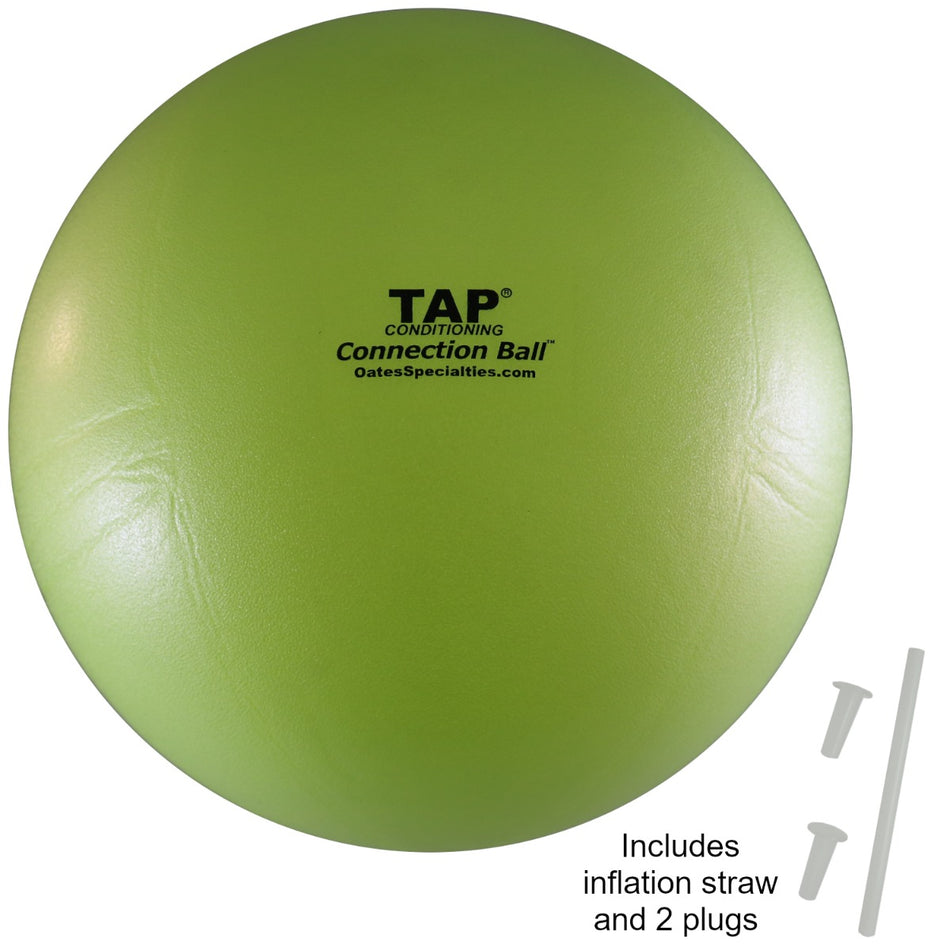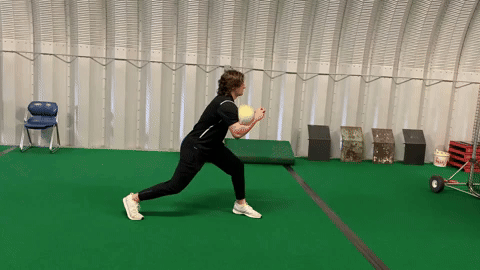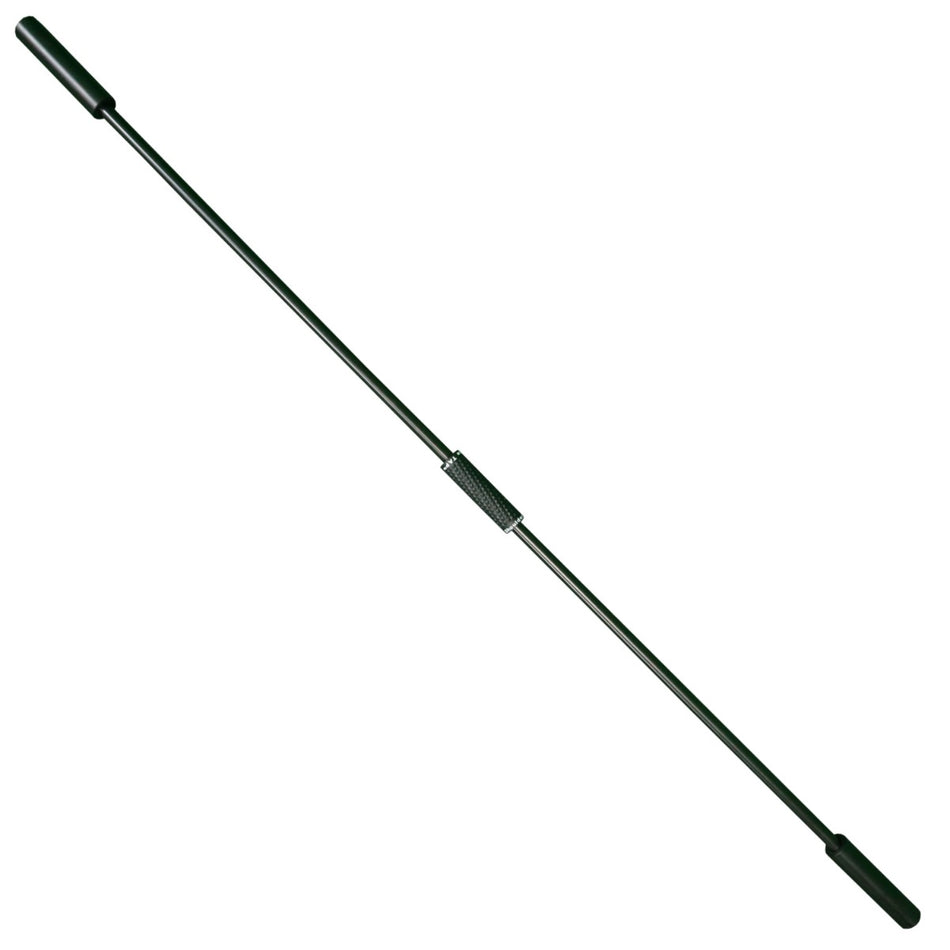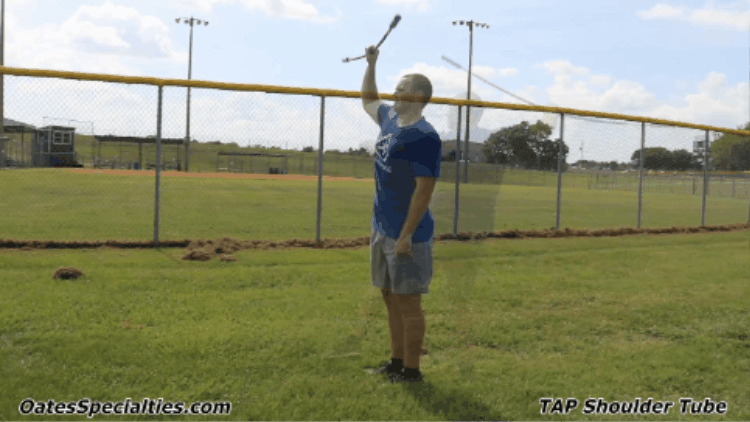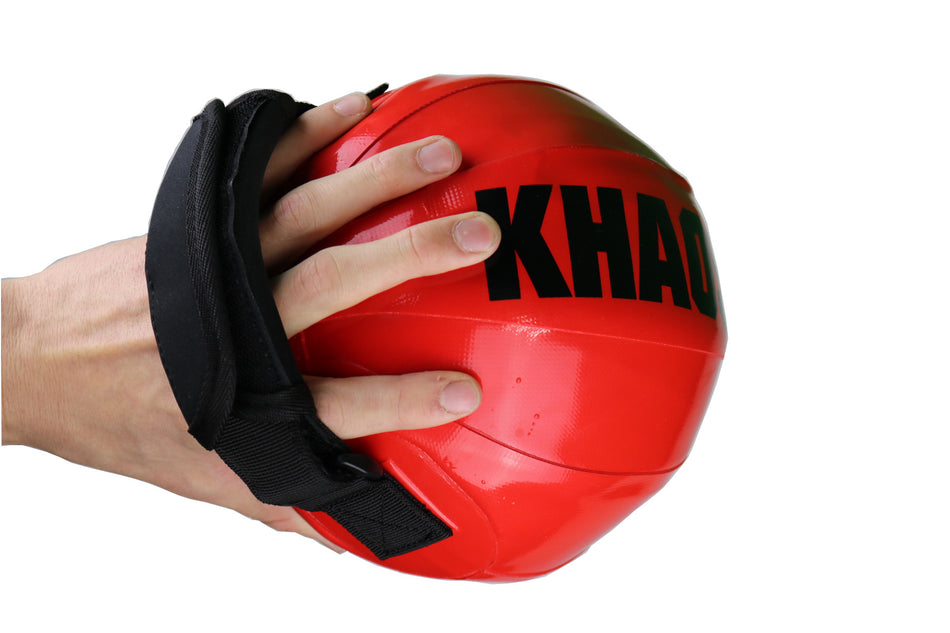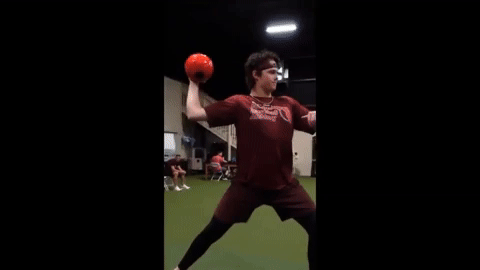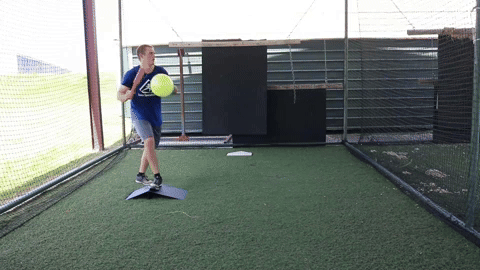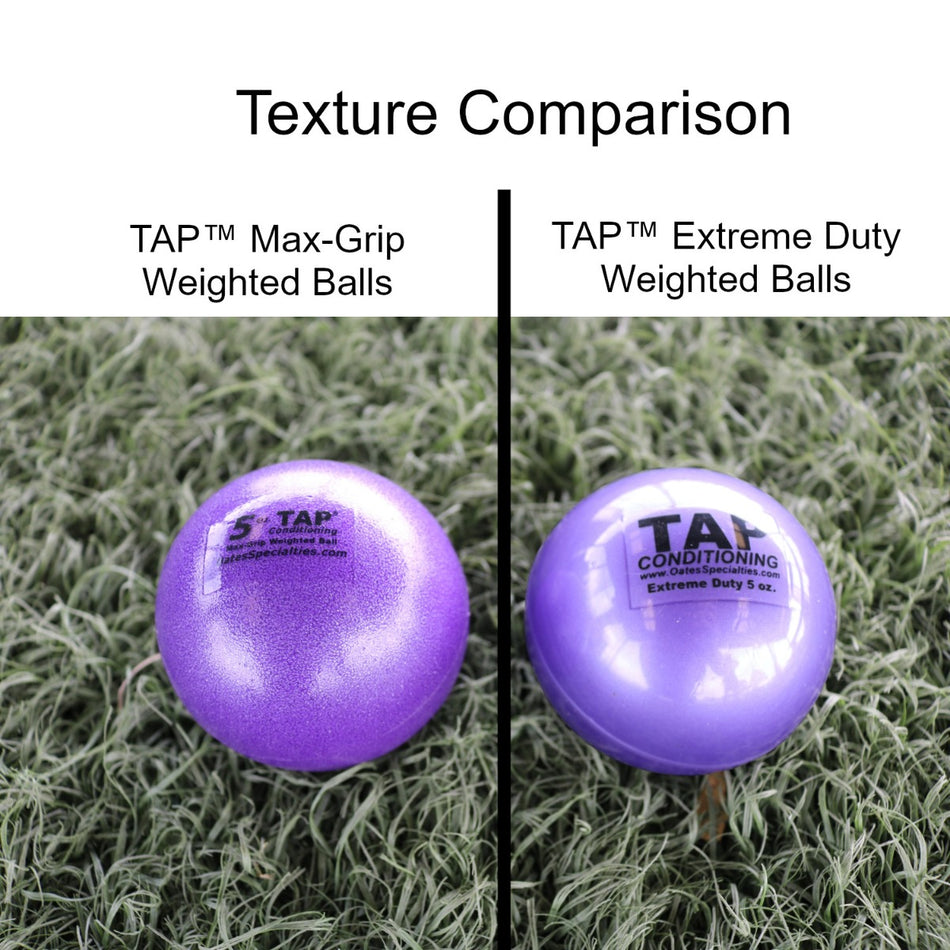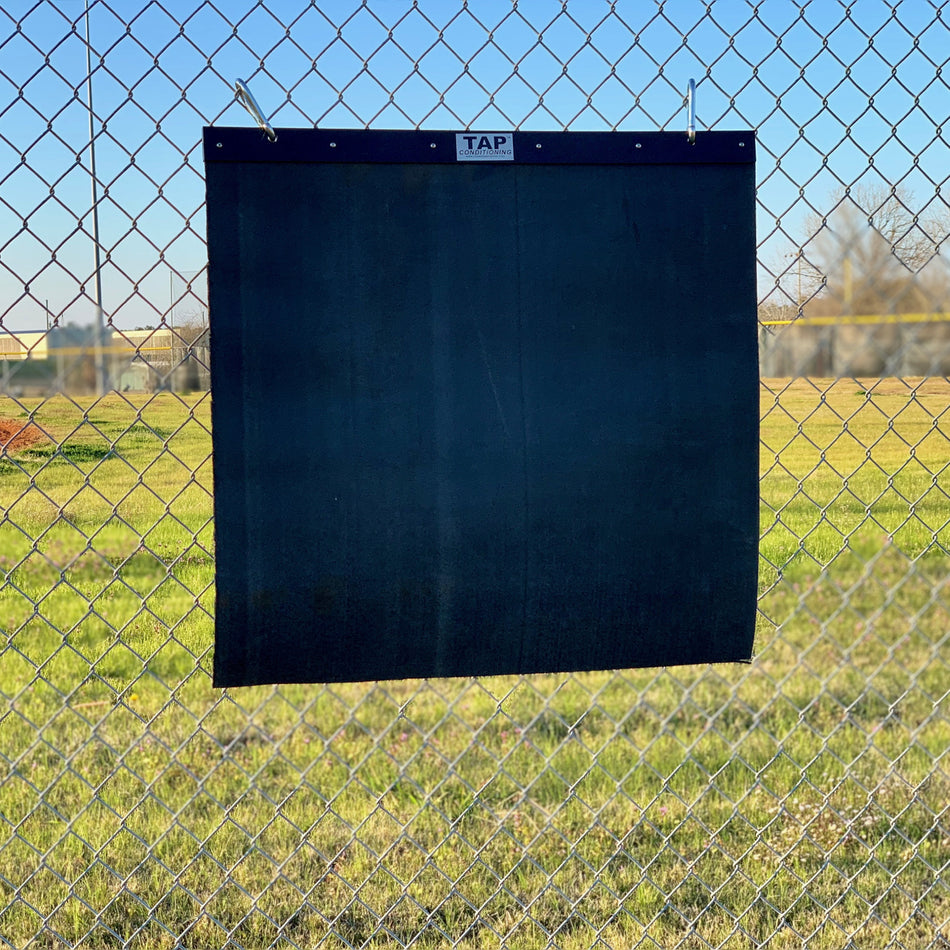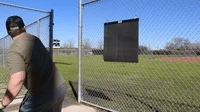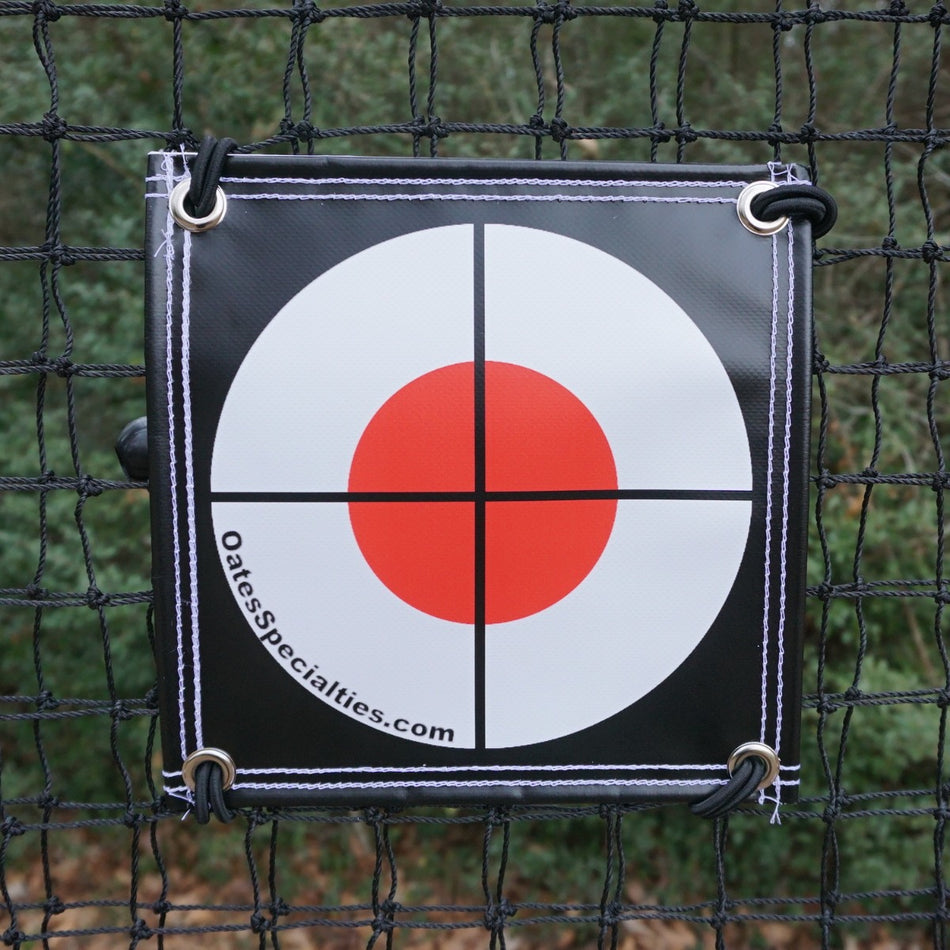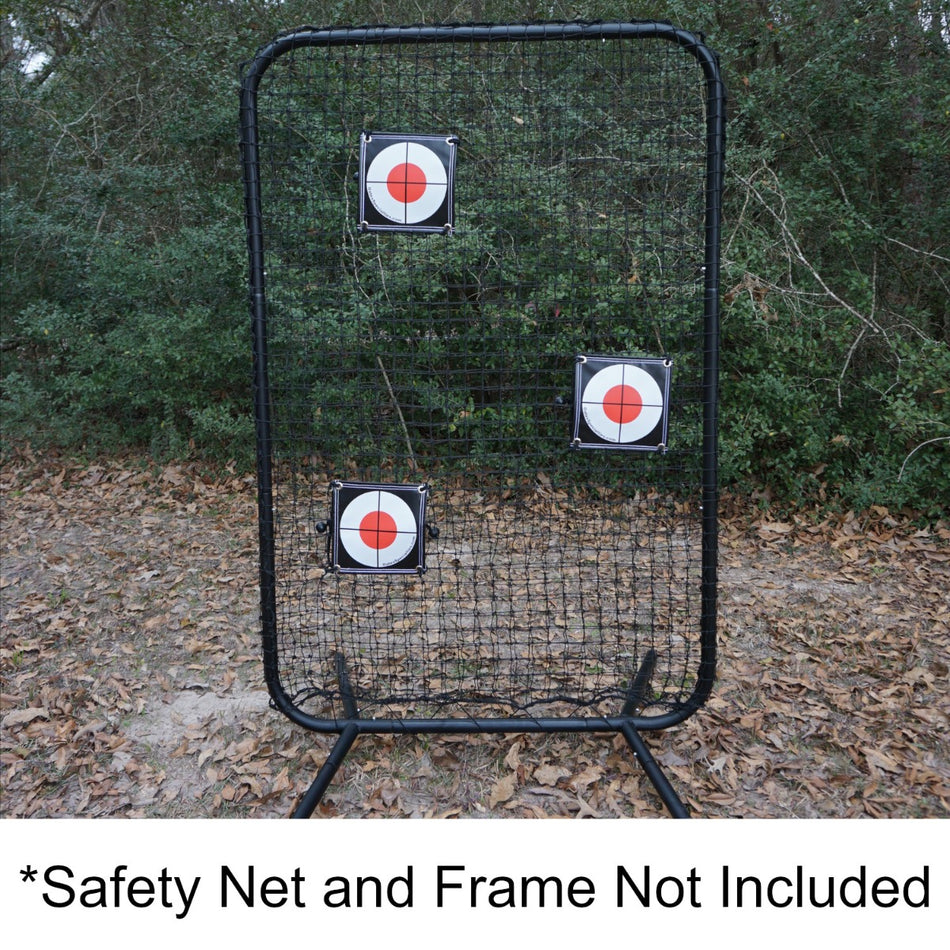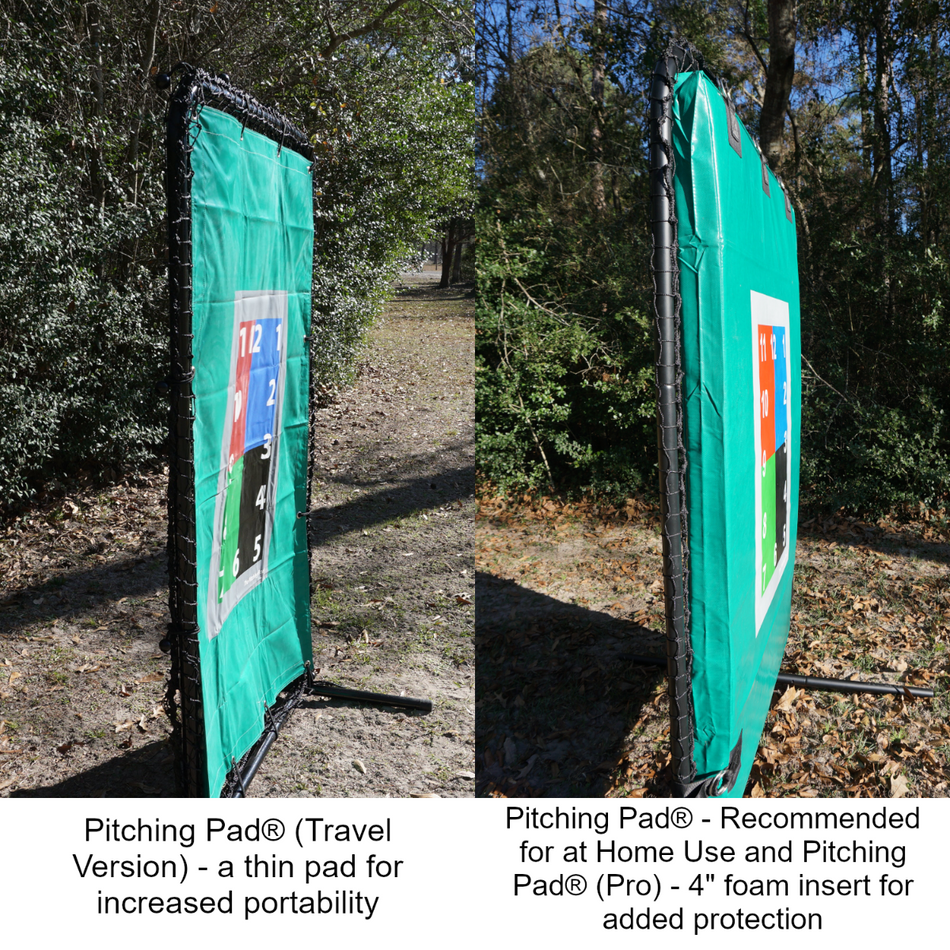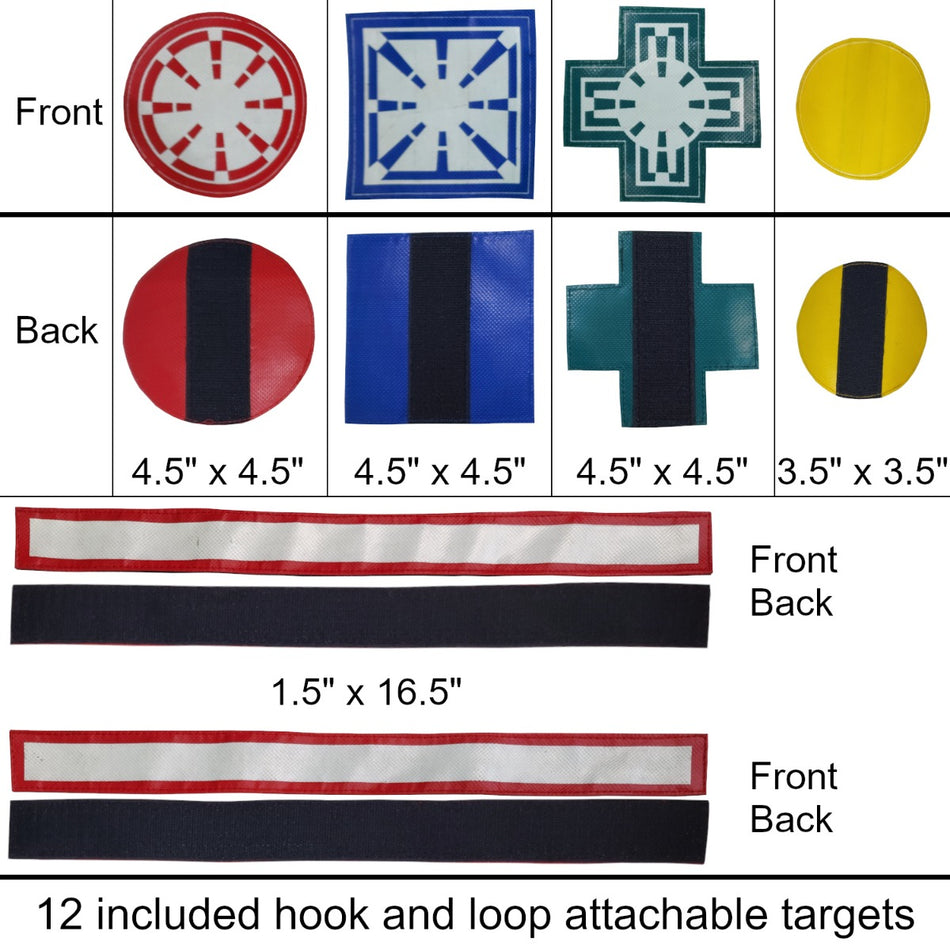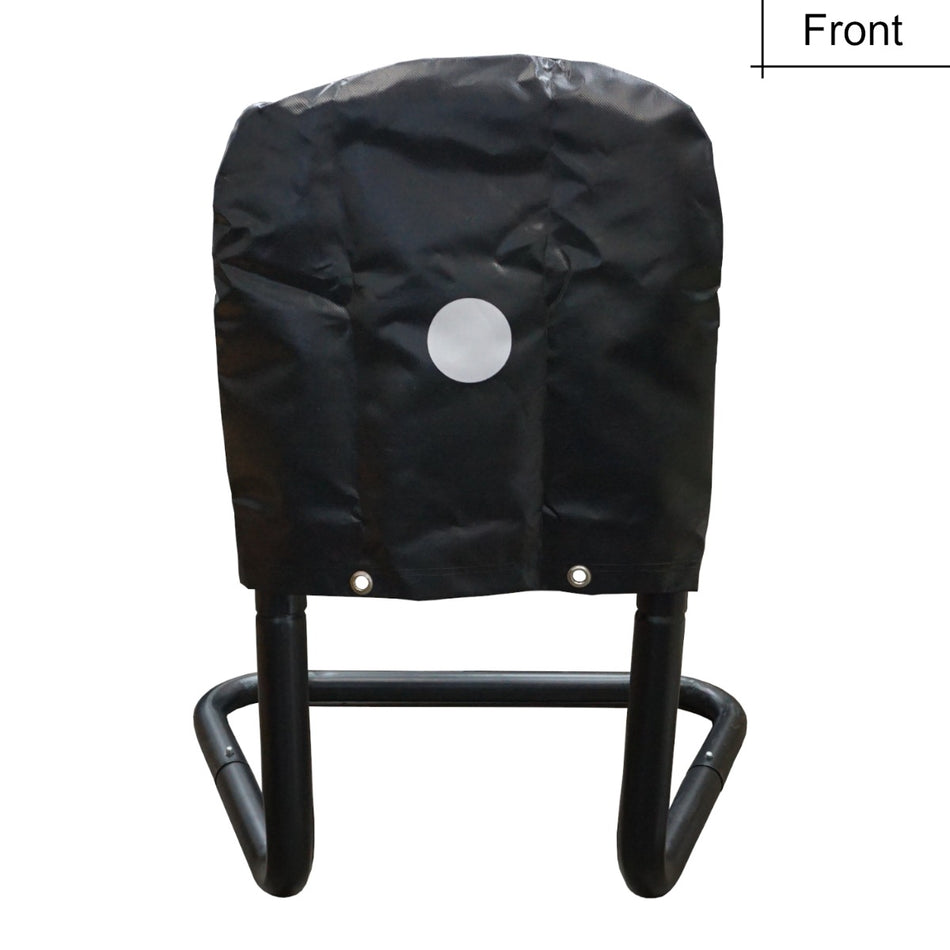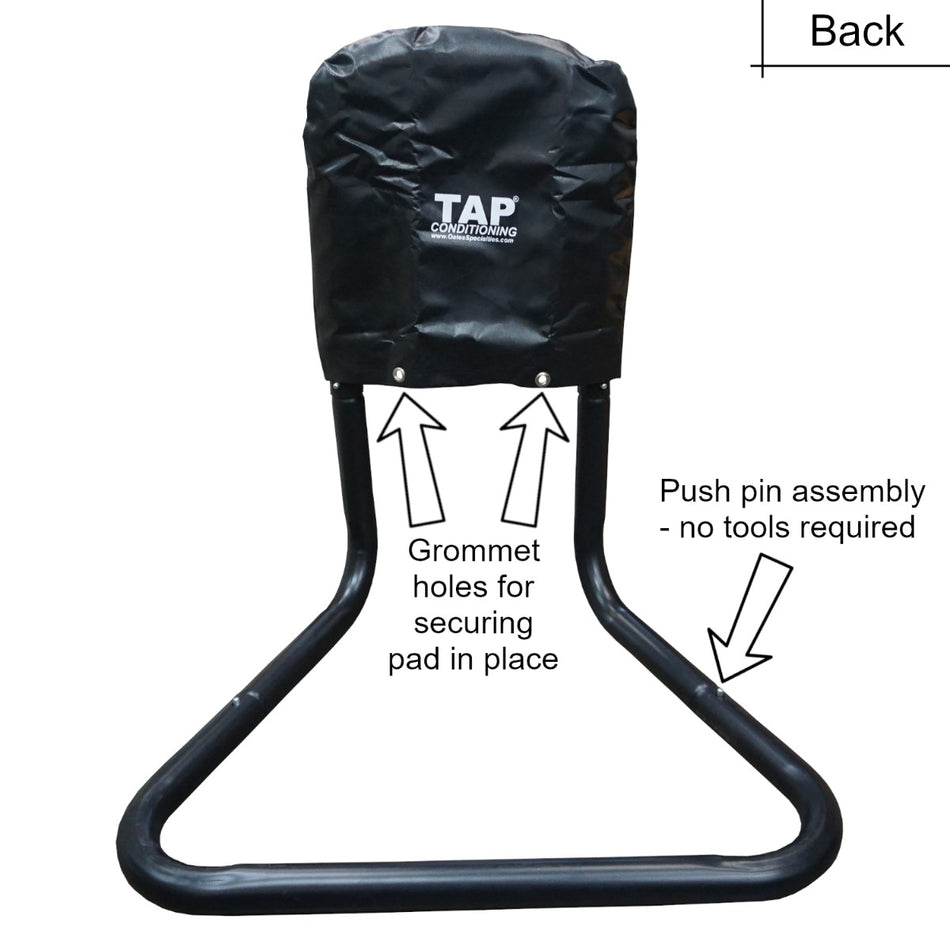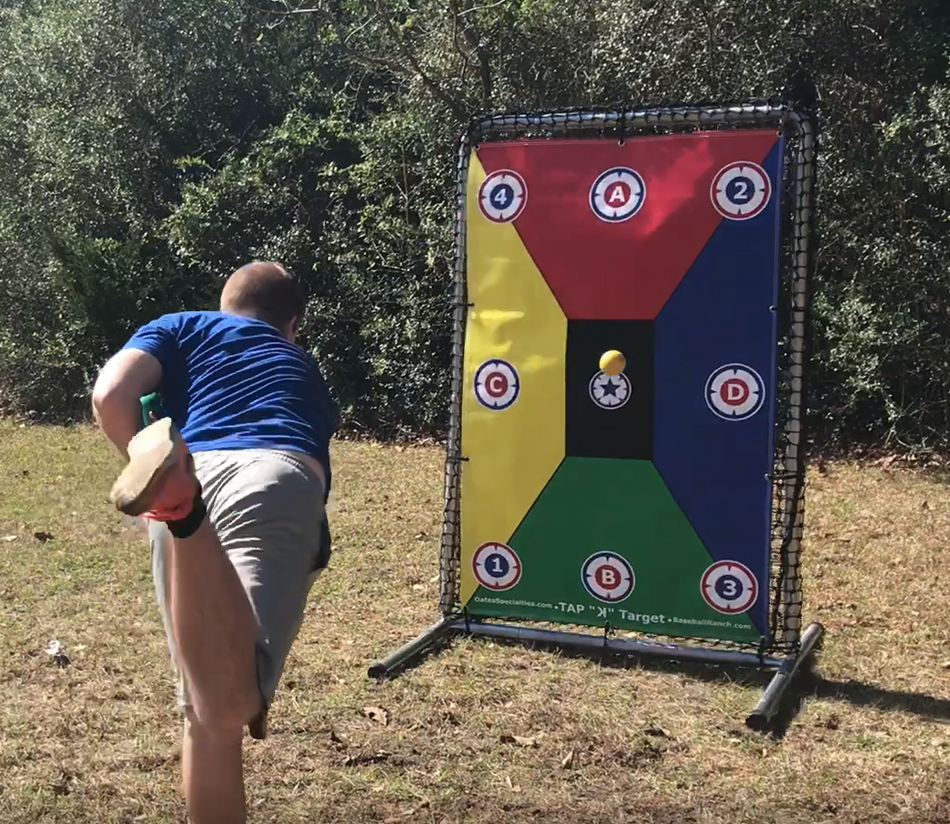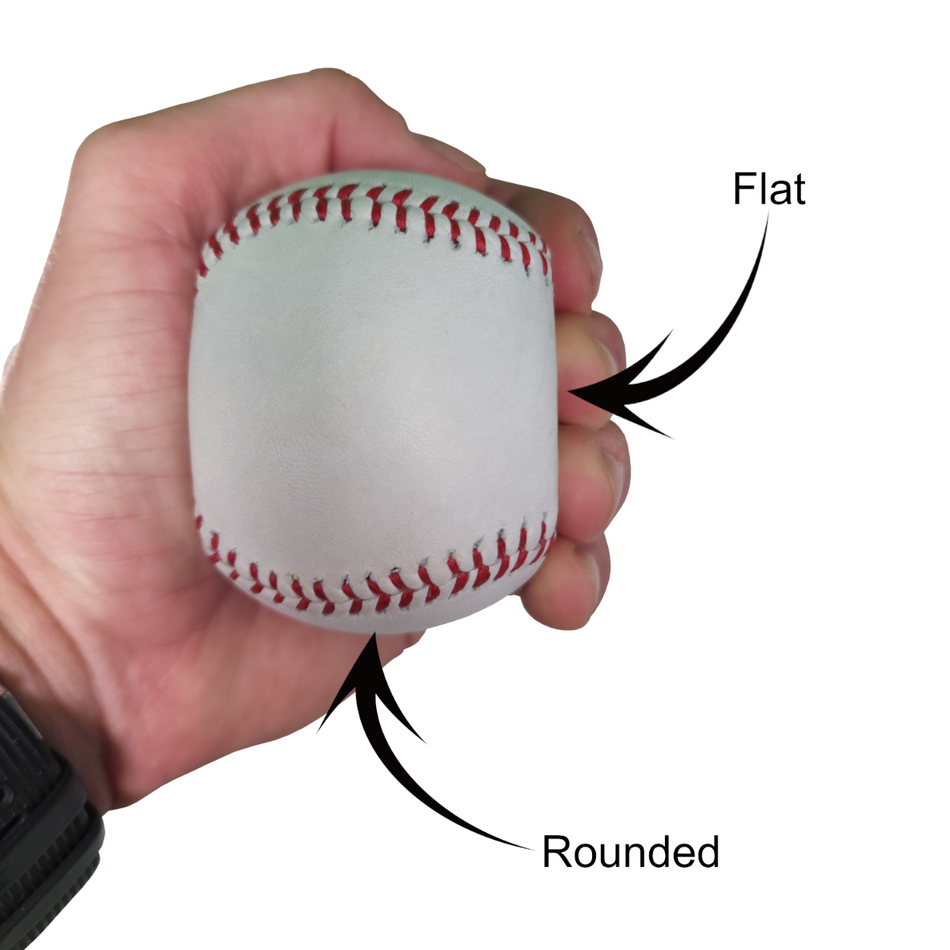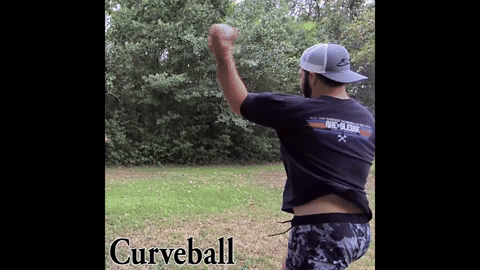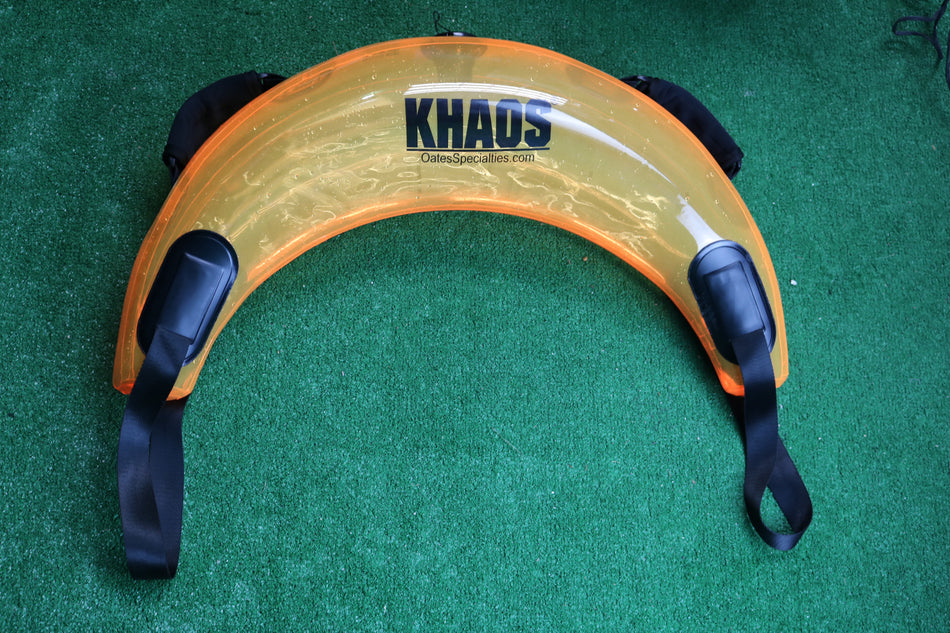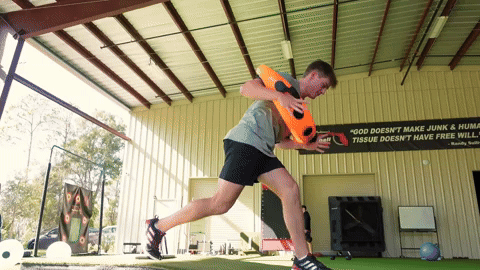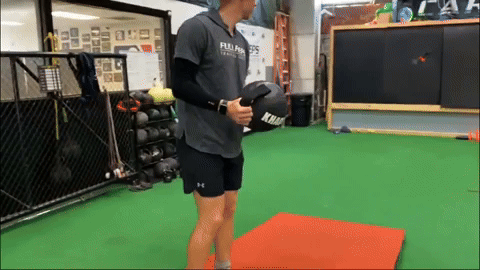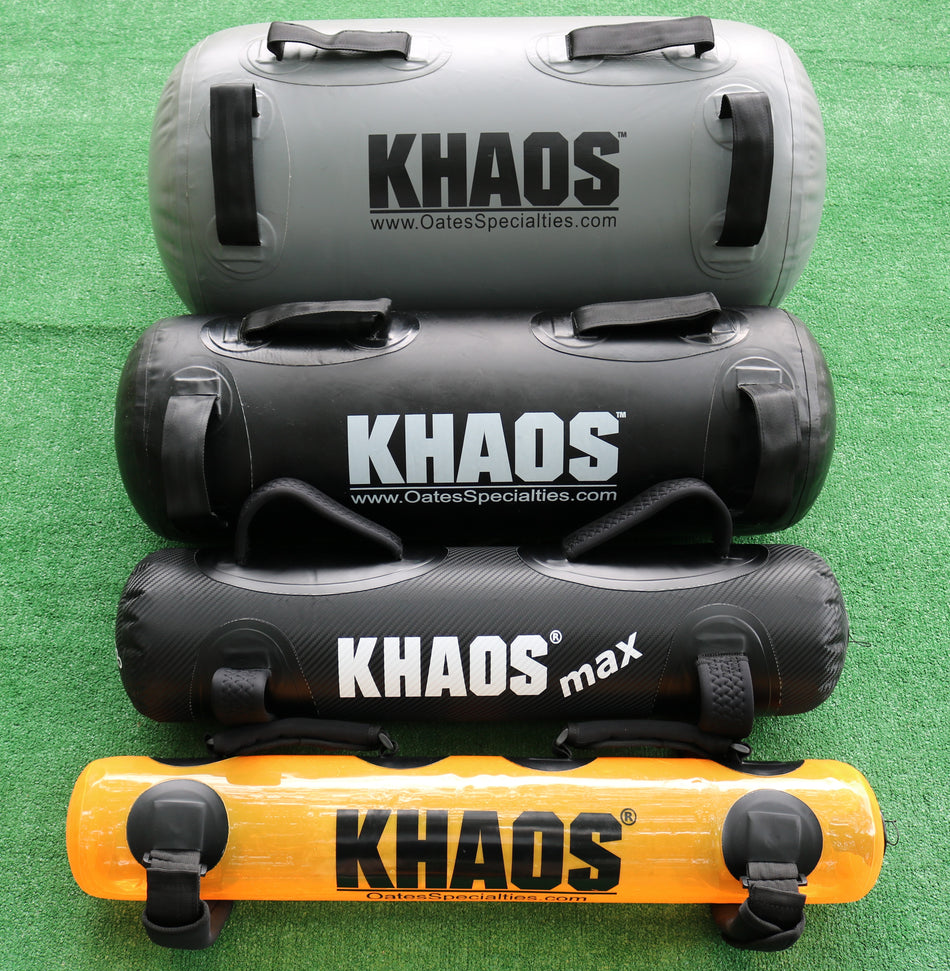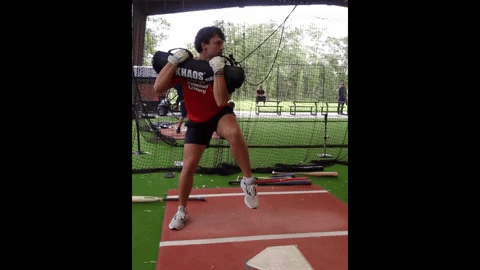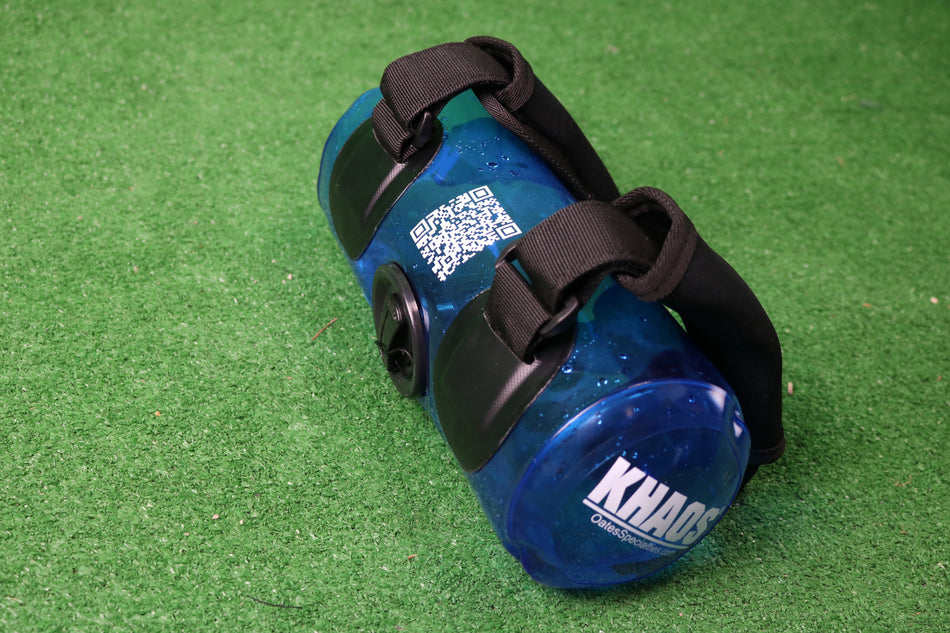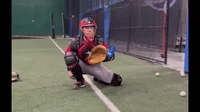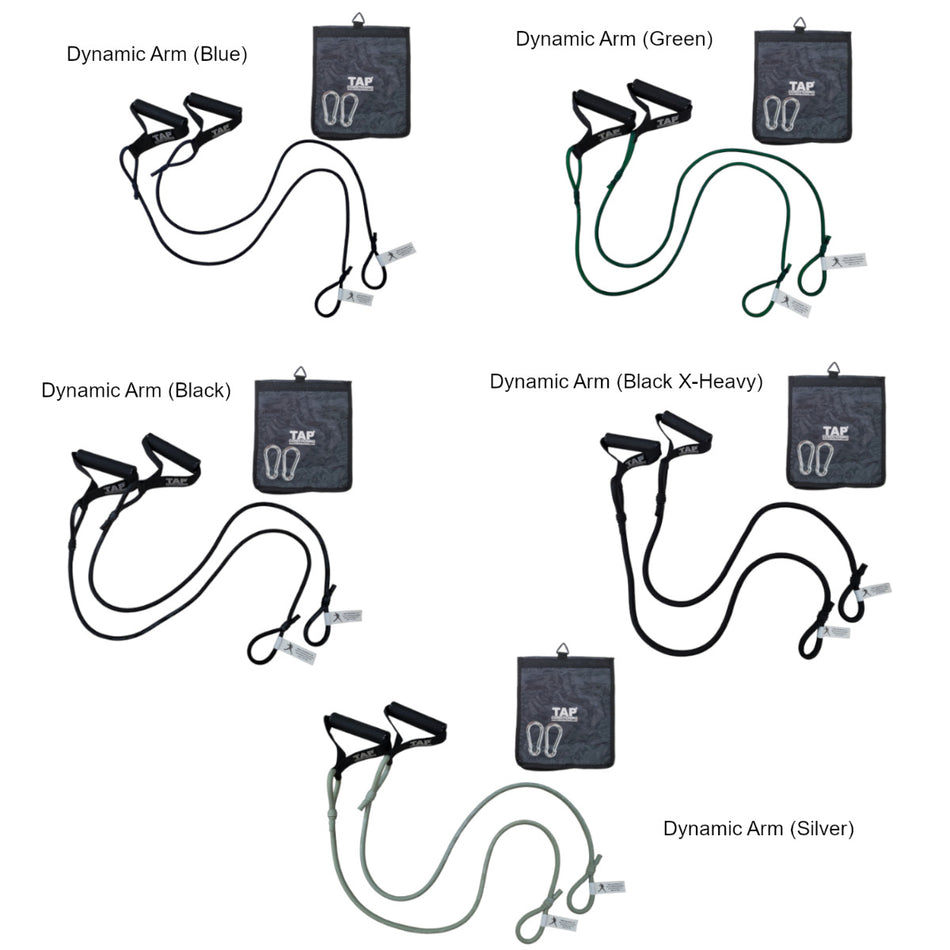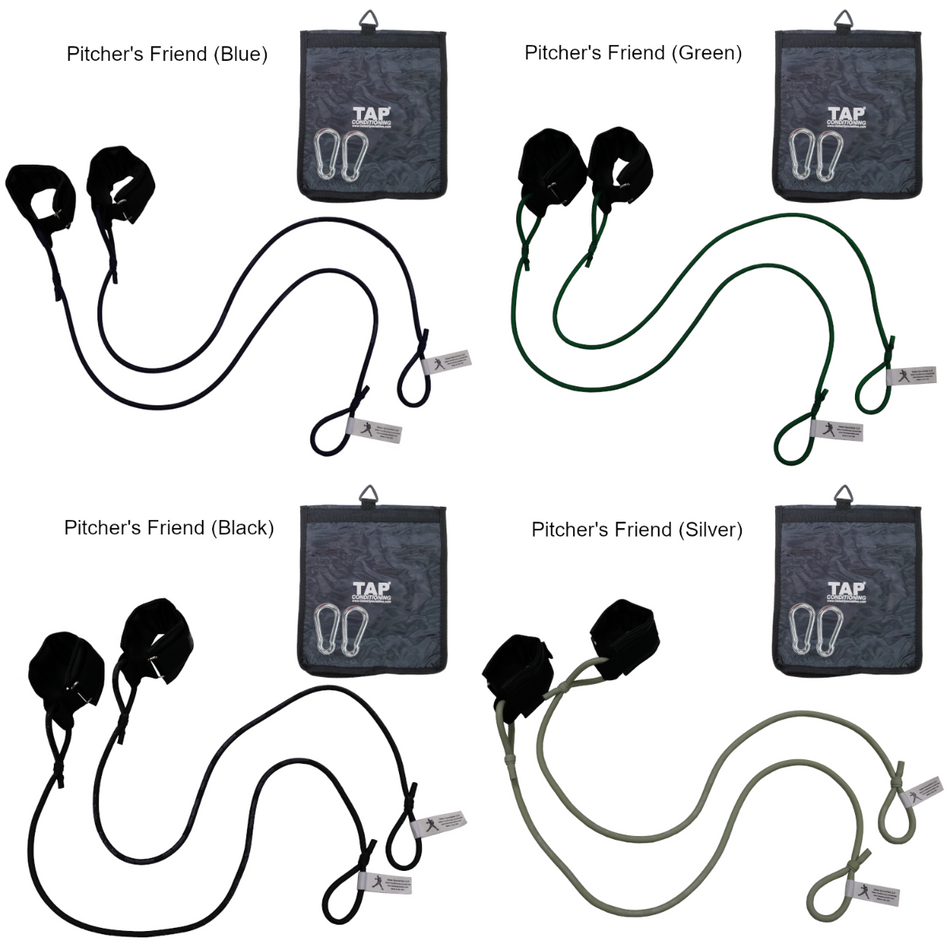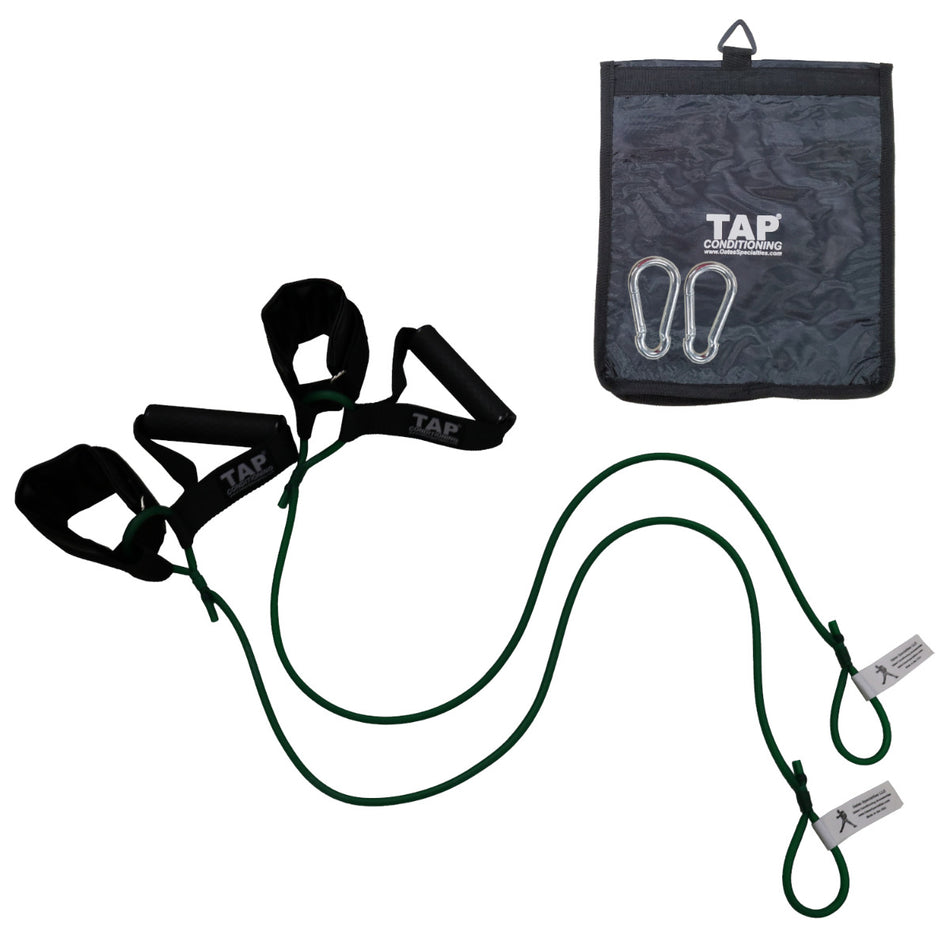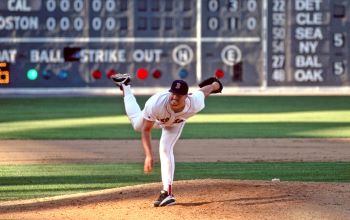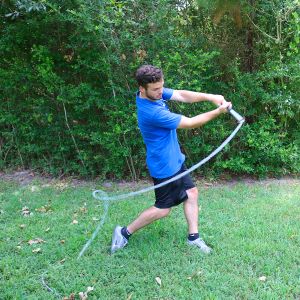In this blog I want to discuss a few exercises and devices that can help improve the trajectory of pitches in a pitcher’s arsenal. For those of you who read my last blog or are familiar with the importance of pitch trajectory you already know that pitchers who can throw all of their pitches on the same plane as one another will more easily deceive the hitter and generally experience more success than pitchers who can not. This is because the flight path of the ball is the first thing a hitter processes and if a pitcher throws his breaking ball on a higher plane, meaning the ball pops out of the hand and has a larger arch on its way to the catcher’s mitt, then a hitter will quickly realize an off-speed pitch is on the way, giving him a better opportunity to be on time at contact.
As it turned out, after I wrote last weeks blog about pitch trajectory I had the opportunity to attend the 2011 College Baseball Hall of Fame induction and award ceremony. One of the reasons I went was because Trevor Bauer was there to receive his award as the 2011 NCAA Pitcher of the Year award. Trevor has been a long time student of Ron Wolforth and the Texas Baseball Ranch. His hard work recently paid off as he was selected 3rd overall in the 2011 MLB Draft by the Arizona Diamondbacks. I knew Trevor was a true student of the game and that he had recently done a lot of work trying to improve his pitch trajectory. This is very important to Trevor as he throws a number of different pitches all of which move in different directions. Therefore, he told me, he needs them all to look the same to a hitter for as long as possible before they break down, in, or out.
Trevor and I had a nice discussion about what he did in order to take this concept and actually incorporate it into his practice sessions. While I could write about our conversation, I think Tim Keown of ESPN the Magazine summarized it quite well in a recent article: "Enter the world of Trevor Bauer, where nothing is taken at face value. He is a devotee of the teachings of Perry Husband, a former hitting coach who devised a theory of pitch sequencing called Effective Velocity. EV is complicated – Husband calls it ‘the theory of relativity but with baseball’ – but it relies on a pitcher’s ability to make each pitch look the same for the first 20 feet, at which point a hitter has to decide to swing. The deception relies on a pitcher’s throwing each pitch through the same “tunnel.” Bauer was not content to merely understand the concept of tunnels; he wanted to put it into practice.
According to Husband’s research, a normal strike zone, when extrapolated to 20 feet from a pitcher’s release point, measures 13 inches by 10 inches. So Trevor and his father Warren, an engineer, built a metal contraption with a 13 by 10 opening. It is placed 20 feet from the mound, and Bauer throws bullpen sessions through it. In theory, each pitch that travels through the Bauers’ homemade tunnel will not only be a strike but will also look the same beyond the point where the hitter must decide to swing. ‘I call them the Bauer Engineering Crew,’ says Ron Wolforth, the director of the Texas Baseball Ranch, the training academy where Trevor has spent many summers. ‘The stuff they do isn’t it any manual. It’s Effective Velocity 501.’"
Trevor related to me that he truly believes it was his work with this device he constructed that led to his tremendous year (13-2, 1.25 E.R.A, 136 IP; 203 SO). He told me that all of his numbers improved but heTrevor Bauer Pitch thought that the real indicator was the boost in strikeouts. In 2010 his stats were: 12-3, 3.02 E.R.A., 131 IP; 165 SO. As you can see, he threw 5 more innings in 2011 yet he struck-out 38 more hitters. Additionally, he gave up 121 hits in 2010 and he gave up only 73 hits in 2011 with 5 more innings pitched. Trevor couldn’t emphasize enough how much he believed his improved numbers and success were a result of his pitch trajectory work.
So for those of you sitting at home wondering what can you do to improve your trajectory in order to throw through the “tunnel” that Perry Husband and Trevor talk about there are a couple of options. First, for those of you who are good at making things, if you can build a device with an opening approximately 13 inches by 10 inches to set up 20 feet from the pitcher’s rubber, you will be able to train just as Trevor did. If you are not able to build your own device, use something that already has an opening. For example, I know of coaches who have used Agility Rings to help players see the tunnel to throw down. Obviously, this has its flaws as the ring is not meant to withstand a baseball thrown at it, but it could help the pitcher see where he should be aiming.
Another great option is to videotape a pitcher off of the mound from behind home plate. This will allow both the coach and player to see what the different pitches look like on their path to the plate. The problem with this is that it does not allow immediate feedback to the pitcher after each pitch (unless you have a system that is set up for the pitcher to watch each pitch after he throws it while still on the mound).
Another device that can help a pitcher throw all of his pitches on the same plane is a relatively new product called the RevFire. This product is able to give instant speed and spin rate feedback after each throw. Spin rate is extremely important because the faster the spin the more the movement on the ball. This affects pitch rev fire 2trajectory because usually when a pitcher throws a pitch that has weaker spin on the ball it has a tendency to have more arch on it and thereby looks different in trajectory than a fastball or change-up. A pitcher who does not have a good breaking ball is generally not able to impart enough spin on it so that it will break. This lack of spin is created by several reasons but commonly because of a lack of arm speed.
When a pitcher doesn’t throw a breaking ball with the same amount of arm speed as his fastball the ball usually will pop up out of the hand and have a different trajectory than other pitches. The only way the pitcher can get the ball to home plate with less arm speed is to change the angle the ball takes to the plate, hence changing the trajectory. So the RevFire is able to give objective feedback about spin rate so that over time a pitcher can work on increasing the spin which is done by increasing arm speed and resulting in an improved pitch trajectory to the plate.
These are just a few exercises and devices that will help to give immediate feedback to a pitcher on how his pitches are being viewed by hitters he faces. If an elite pitcher like Trevor Bauer is able to improve his performance by focusing on the pitch tunnel his pitches travel, then pitchers of all ages and abilities will be able to improve their own performances. I would like to thank Trevor Bauer for taking the time out of his busy schedule to hang out and visit with me at the College Baseball Hall of Fame. I wish you the best in your baseball career!

Until next time, Brian Oates
Brian@Oatesspecialties.com


